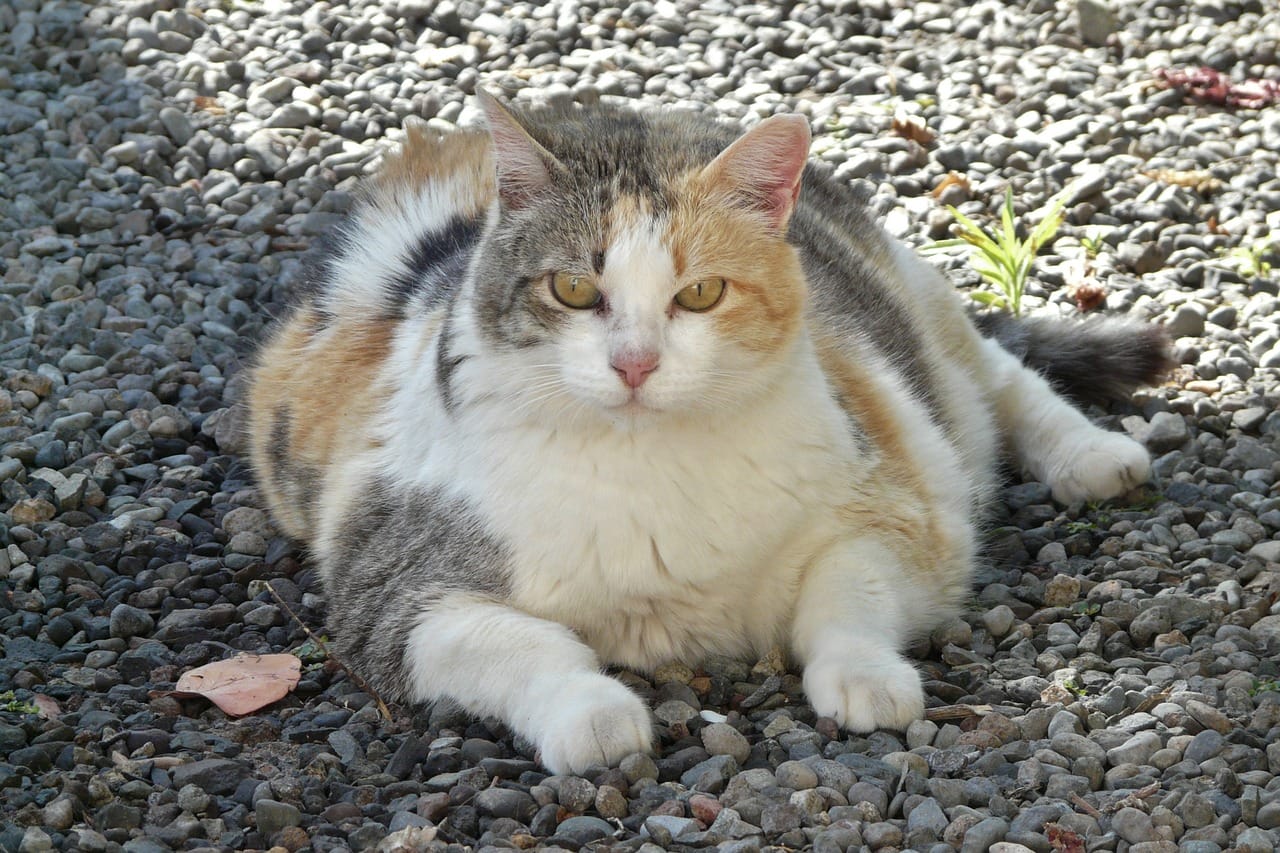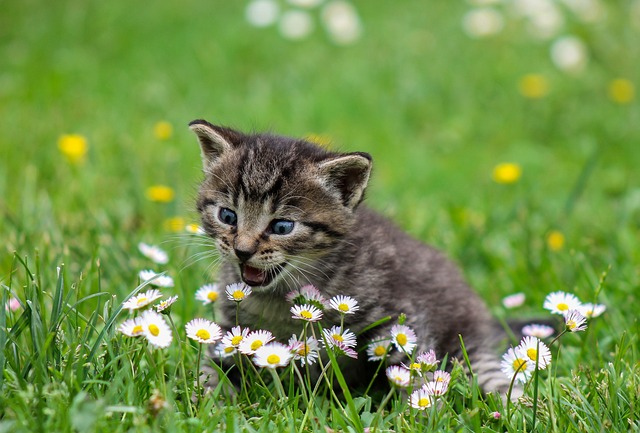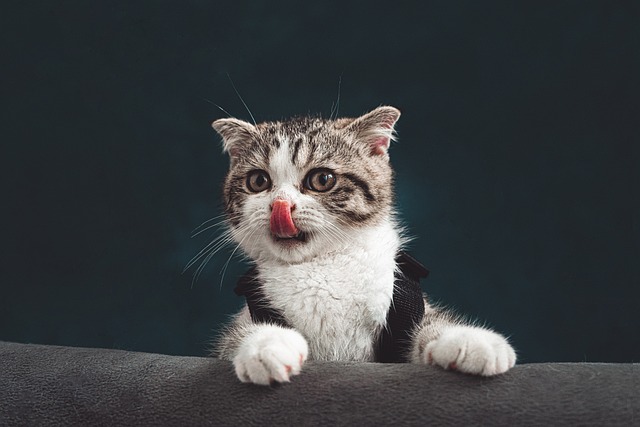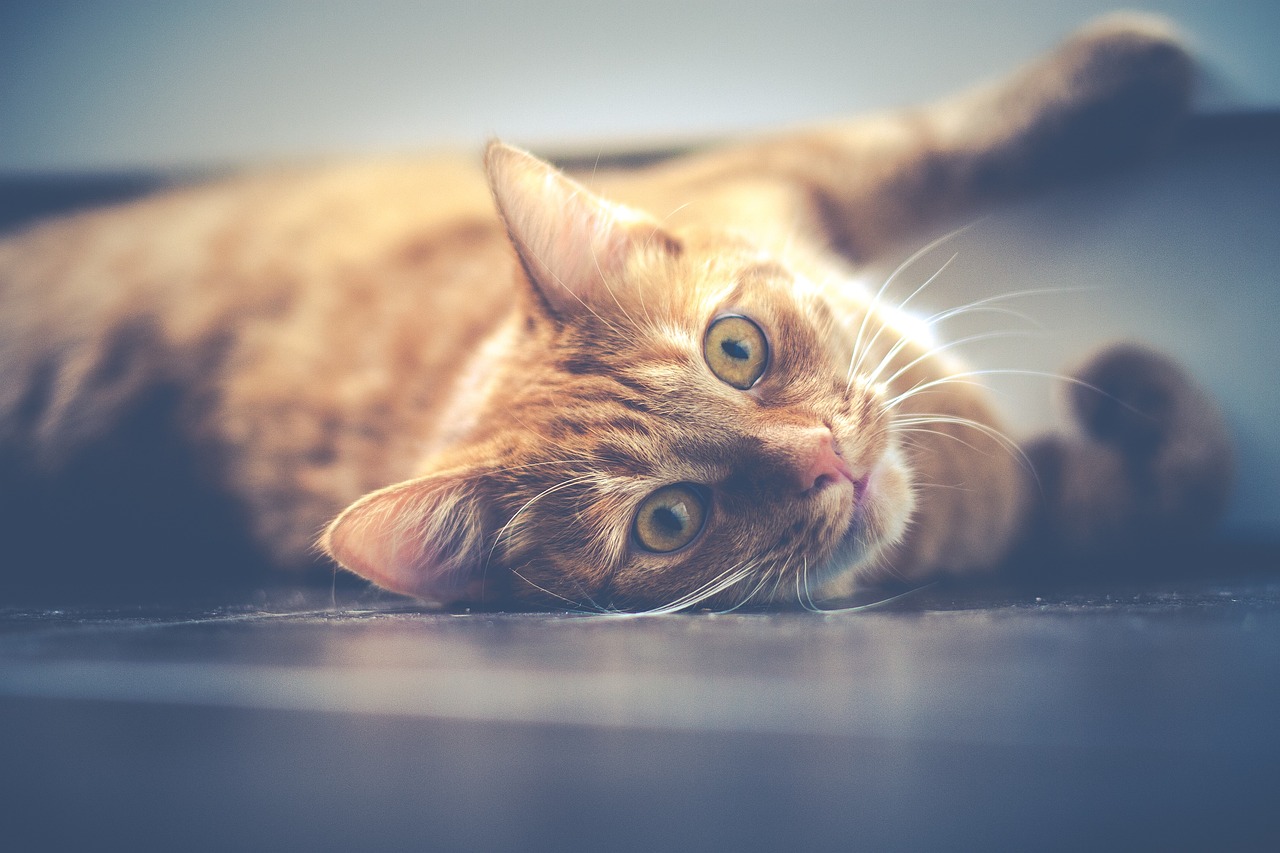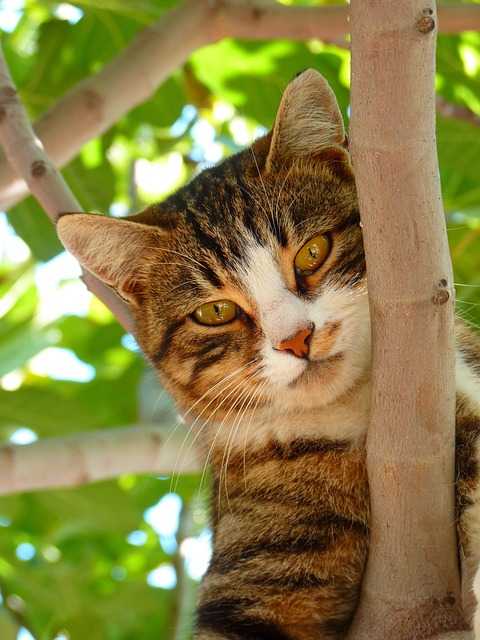In the realm of pet wellness, few issues are as pressing as cat obesity. With cats leading increasingly sedentary lifestyles indoors and dietary choices sometimes veering towards excess, addressing feline obesity becomes paramount. In this comprehensive guide, we’ll explore the intricacies of feline obesity, its risks, identification, and effective strategies to promote a healthier weight and lifestyle for your beloved feline friend.
Understanding Cat Obesity:
At the core of combating feline obesity lies a deep understanding of its origins and implications. Feline obesity, often stemming from overeating, lack of exercise, and genetic predispositions, can significantly impact a cat’s quality of life. Beyond the visible signs of excess weight, obesity in cats can lead to severe health complications such as diabetes, joint issues, and a shortened lifespan.
Identifying Signs of Cat Obesity:
Recognizing the signs of feline obesity is the first step towards intervention and improvement. Keep a keen eye out for telltale physical indicators like noticeable weight gain, difficulty grooming, and reduced mobility. Regular veterinary check-ups play a pivotal role in early detection, allowing for timely intervention and tailored treatment plans.
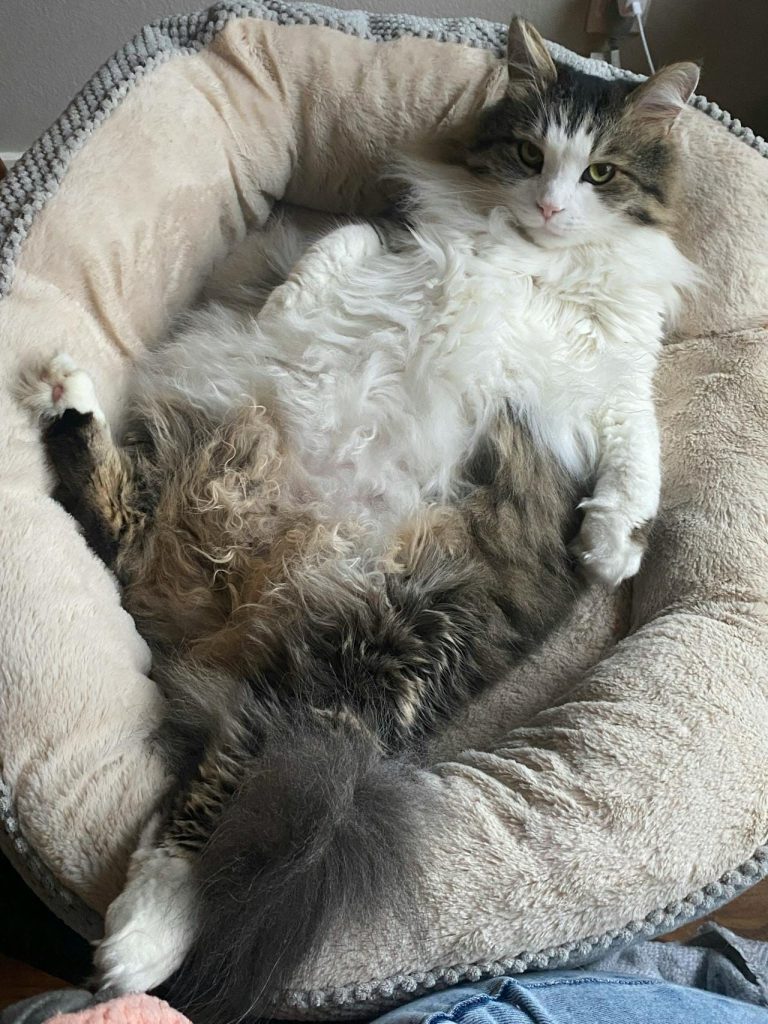
Strategies for Combating Cat Obesity:
Transitioning into actionable strategies, combating feline obesity requires a multifaceted approach:
- Balanced Diet: Ensure your cat’s diet is nutritionally balanced and tailored to their specific needs. Opt for high-quality, protein-rich foods with controlled calorie content to support weight loss while maintaining essential nutrients.
- Portion Control: Implement portion control by measuring your cat’s food servings and avoiding free feeding. Divide daily food rations into smaller, scheduled meals to prevent overeating and regulate calorie intake.
- Interactive Feeding Solutions: Engage your cat in interactive feeding activities using puzzle feeders or food-dispensing toys. These devices stimulate mental and physical activity, encouraging your cat to work for their food and expend energy in the process.
- Increased Physical Activity: Encourage regular exercise and physical activity to facilitate weight loss and improve muscle tone. Engage your cat in interactive play sessions with toys such as feather wands, laser pointers, or catnip-filled toys to stimulate natural hunting instincts and promote movement.
- Environmental Enrichment: Enrich your cat’s environment with climbing structures, scratching posts, and perches to encourage exploration and physical engagement. Create opportunities for your cat to engage in natural behaviors such as climbing, scratching, and jumping, which can contribute to calorie expenditure and weight management.
- Supervised Outdoor Activities: If suitable and safe, engage your cat in supervised outdoor activities such as leash walking or supervised outdoor playtime in a secure enclosure. Outdoor exploration provides mental stimulation and opportunities for exercise, contributing to overall health and well-being.
- Regular Veterinary Monitoring: Schedule regular veterinary check-ups to monitor your cat’s weight, assess body condition, and track progress towards weight loss goals. Your veterinarian can offer personalized recommendations, adjust dietary plans, and provide guidance throughout the weight loss journey.
- Gradual Weight Loss: Aim for gradual and sustainable weight loss to prevent adverse health effects and minimize the risk of rebound weight gain. Set realistic goals and monitor progress closely, making adjustments to diet and exercise routines as needed under the guidance of a veterinarian.
Overcoming Challenges in Weight Management:
Navigating the path to weight management may encounter hurdles along the way. Addressing challenges such as finicky eaters and accommodating multi-cat households requires patience and flexibility. Seek guidance from veterinary professionals, nutritionists, and behaviorists. They can develop tailored solutions that cater to your cat’s unique needs and circumstances.
Preventative Measures and Long-Term Maintenance:
Transitioning towards preventative measures and long-term maintenance ensures sustained progress and improved outcomes. Prioritize preventive care through routine exercise, mental stimulation, and environmental enrichment. Monitor weight fluctuations vigilantly and adjust dietary and exercise regimens accordingly to maintain optimal health and weight management.
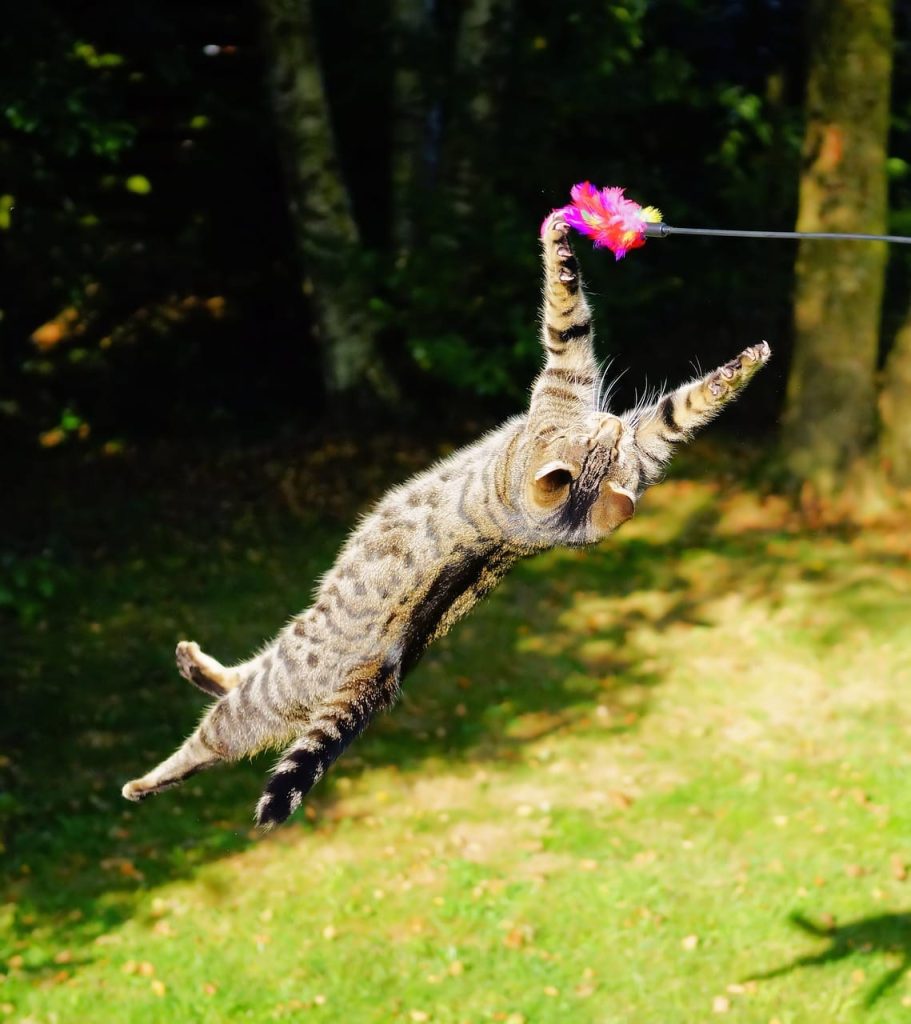
Conclusion:
In conclusion, combating feline obesity is a journey that demands dedication, awareness, and proactive intervention. By understanding the root causes and implementing effective strategies, you pave the way for a healthier and happier life for your feline companion. Remember, every step taken towards feline wellness is a stride towards a brighter, healthier future.

